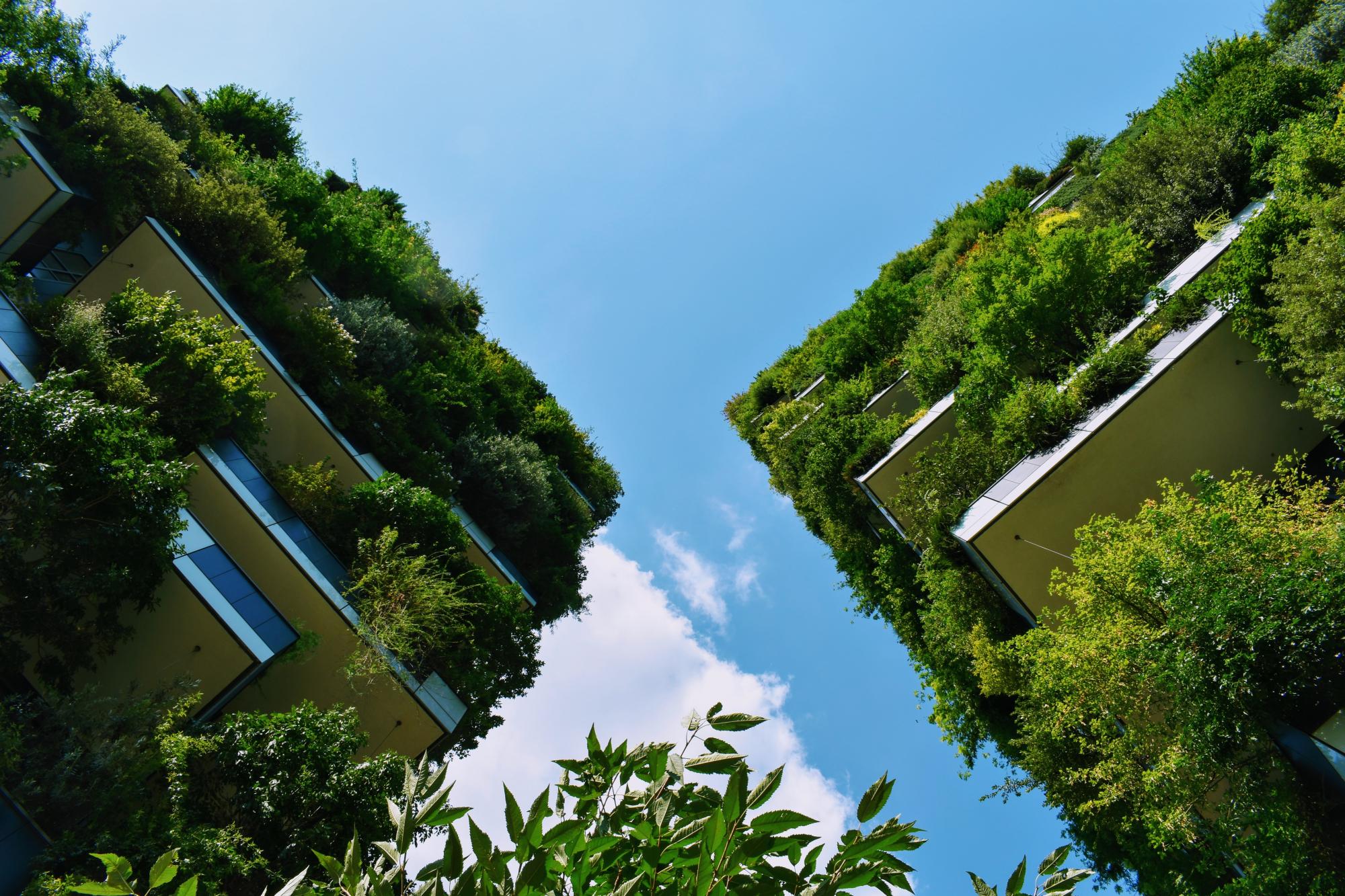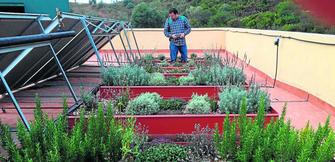Last updated: October 2021
This Urban lab has been installed on the roof of the LIMASA Environmental Center, it is testing what types of plants are best suited for green urban interventions through educational and professional programs offered to women. (ref 1) Two training courses are provided connected to these green roofs through the funding of a La Caixa grant, one training course for women as a potential career opportunity through subsidies from the Ministry of Health, Social Services, and Equality (ref 1).
Overview
Nature-based solution
- Nature on buildings (external)
- Green roofs
Key challenges
- Climate action for adaptation, resilience and mitigation (SDG 13)
- Climate change mitigation
- Water management (SDG 6)
- Stormwater and rainfall management and storage
- Green space, habitats and biodiversity (SDG 15)
- Green space creation and/or management
- Social justice, cohesion and equity (SDG 10)
- Environmental education
- Social justice and equity
- Social interaction
- Economic development and employment (SDG 8)
- Employment/job creation
Focus
Creation of new green areas, Knowledge creation and awareness raising
Project objectives
Determine which are the most suitable plant species to form a green roof in this area where climatic characteristics are highlighted by temperate temperatures throughout the year and a fairly irregular rainfall. (ref 1)
Implementation activities
Several tables of cultivation with some of the Mediterranean native plants that are considered more appropriate to cover green roofs of buildings as natural insulation. Ex. Rosemary, lavender, lobularia, maritime daisies, and olivilla (ref 1)
The substrates used have been provided by the host company Limasa through their recycling process (mixture of construction material with different levels of pulverization, with tissue leftovers that aid in water-retention) (ref 1)
After the samples are planted, they are exposed to different watering conditions, or left in the sun or shade, to see which ones are the most resilient for future interventions. (ref 1)
Two training courses on green roofs, through funding by La Caixa grant (ref 1)
One training course for women as potential career opportunity, through subsidies from Ministry of Health, Social Services, and Equality (ref 1)
Climate-focused activities
Climate change mitigation:
- Increase green urban nature for carbon storage (wetlands, tree cover)
Main beneficiaries
- Local government/Municipality
- Researchers/University
- Citizens or community groups
- Marginalized groups: Other
Governance
Management set-up
- Led by non-government actors
Type of initiating organisation
- Financial institution
- Private foundation/trust
- Researchers/university
Participatory approaches/ community involvement
- Co-planning (e.g. stakeholder workshops, focus groups, participatory mapping)
- Joint implementation (e.g. tree planting)
- Co-management/Joint management
Details on the roles of the organisations involved in the project
ENIAC- Foundation of Women and Technology (provides courses for women about eco-solutions) – research partner (ref 1)
University of Malaga – research partner (ref 1)
City of Malaga- institutional and program support under its area of Equality of Opportunities (ref 3)
Limasa (cleaning company) – roof of headquarter building is being used for the project, and company is providing some substrates to project from their recycling process (ref 3)
La Caixa Banking Foundation, Junta de Andalucia (regional government), and Cajasol Foundation – provide support for workshop on green employment on urban laboratory (ref 2)
Project implemented in response to ...
... an EU policy or strategy?
Unknown
... a national policy or strategy?
Unknown
... a local policy or strategy?
Yes
(The intervention was developed along the lines of the Sustainable Malaga Program (Malaga Sostenible) (2015), part of a Green Employment strategy to create an urban network/ lab for the observation of indigenous ecosystems on vegetation cover (ref 3))
Financing
Total cost
Unknown
Source(s) of funding
- Public local authority budget
- Private Foundation/Trust
- Commercial banks
Type of funding
- Direct funding (grants, subsidies, or self-financed projects by private entities)
- Unknown
Non-financial contribution
Type of non-financial contribution
- Provision of land
- Provision of goods
- Provision of labour
Who provided the non-financial contribution?
- Citizens (e.g. volunteering)
- Private sector (businesses, financial institution)
Impacts and Monitoring
Environmental impacts
- Climate change
- Lowered local temperature
- Enhanced carbon sequestration
- Water management and blue areas
- Improved stormwater management
- Green space and habitat
- Increased green space area
- Increased conservation or restoration of ecosystems
- Increased number of species present
Economic impacts
- Increase of green jobs (e.g. paid employment positions)
- Other
Socio-cultural impacts
- Social justice and cohesion
- Increased visibility and opportunity for marginalised groups or indigenous peoples
- Increased opportunities for social interaction
- Cultural heritage and sense of place
- Increased appreciation for natural spaces
- Education
- Increased support for education and scientific research
- Increased awareness of NBS and their benefits
- Other
Type of reported impacts
Expected impacts, Achieved impacts
Presence of formal monitoring system
Unknown
Presence of indicators used in reporting
No evidence in public records
Presence of monitoring/ evaluation reports
No evidence in public records
Availability of a web-based monitoring tool
No evidence in public records
References
1. Garrido Malaga, Raquel. (2016). UN Laboratorio Urbano al Aire Libre. Malaga Hoy. Available at: Source link [Accessed: 23 September 2020].
2. Fundacion Mujeres y Tecnologia ENIAC. (2017). Proyectos ENIAC. Available at: Source link [Accessed: 23 September 2020].
3. Ayuntamiento de Malaga. (2015). Boletin de Comunicacion del Area de Gobierno de Derechos Sociales. [Document provided].
2. Fundacion Mujeres y Tecnologia ENIAC. (2017). Proyectos ENIAC. Available at: Source link [Accessed: 23 September 2020].
3. Ayuntamiento de Malaga. (2015). Boletin de Comunicacion del Area de Gobierno de Derechos Sociales. [Document provided].

